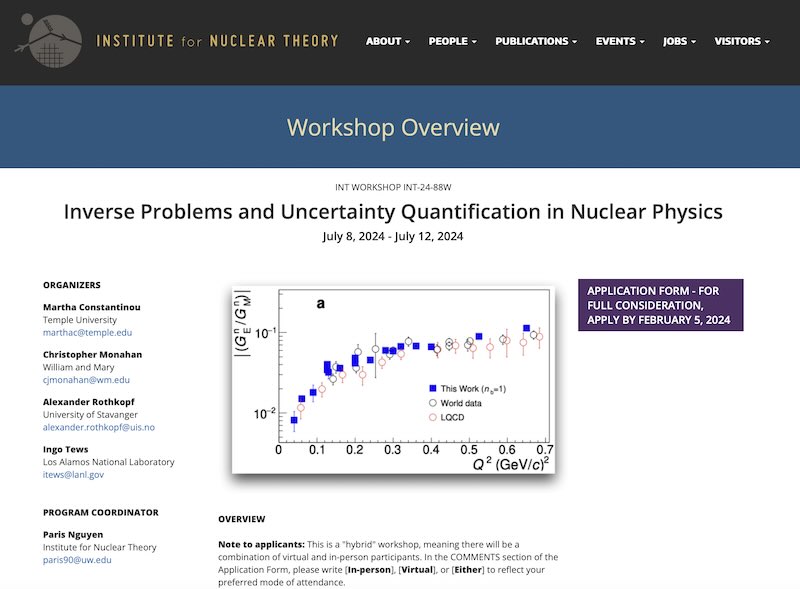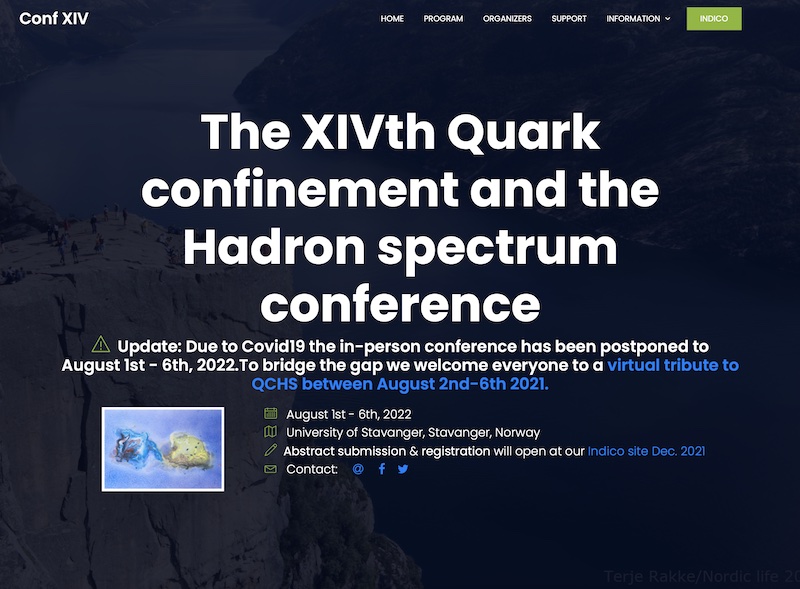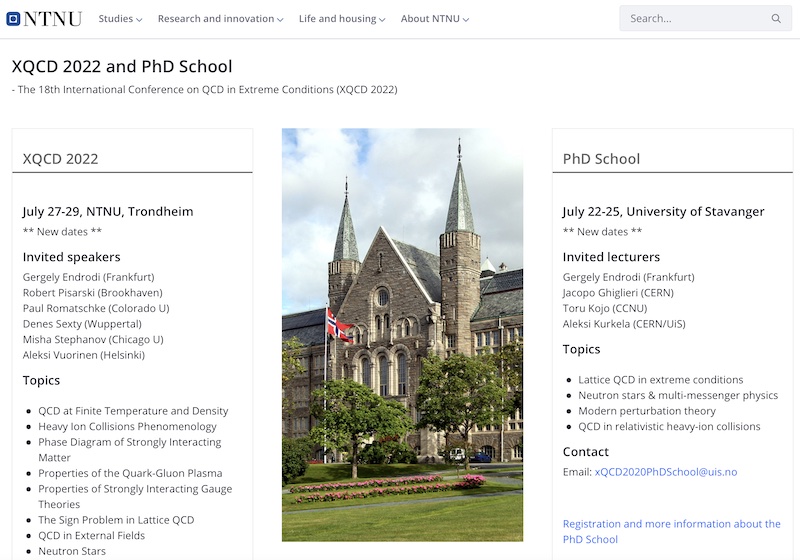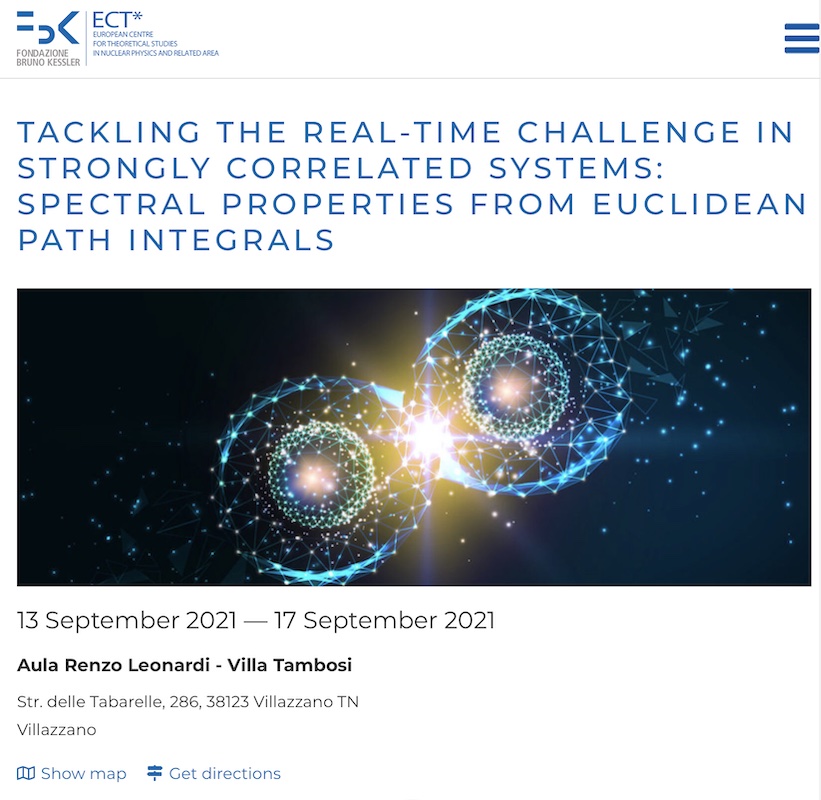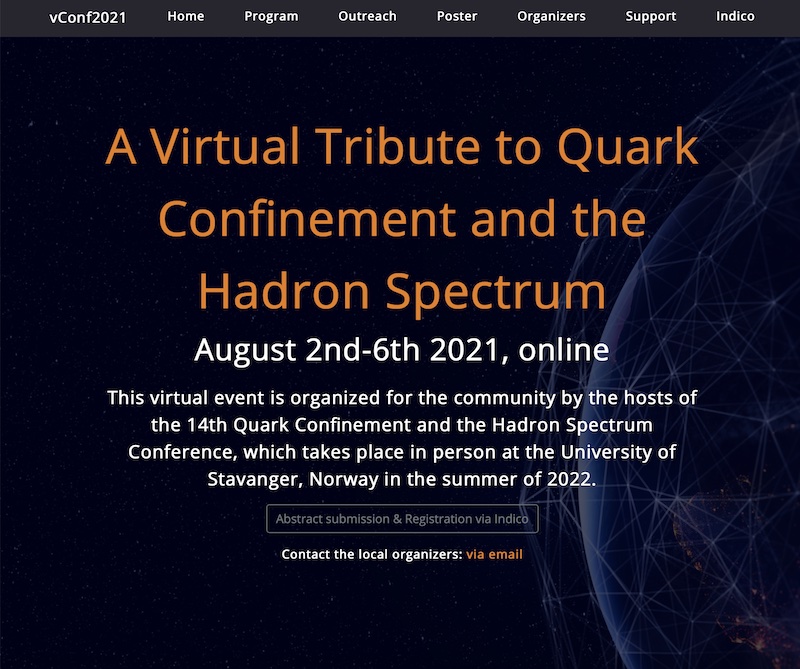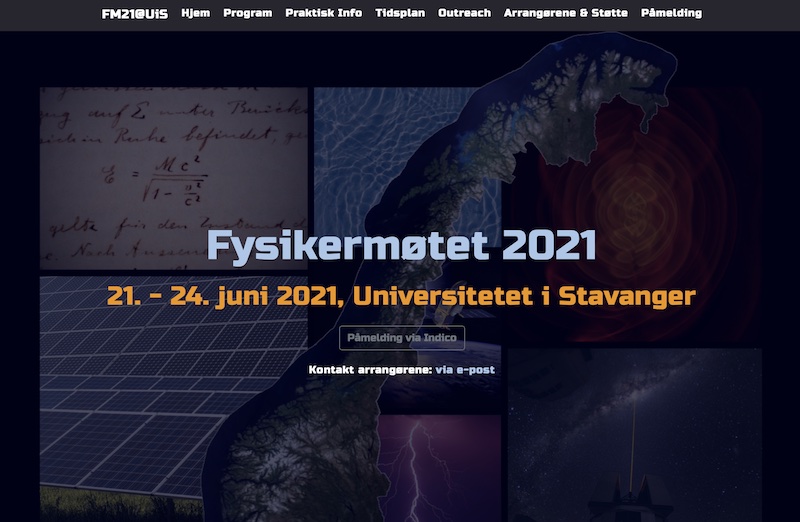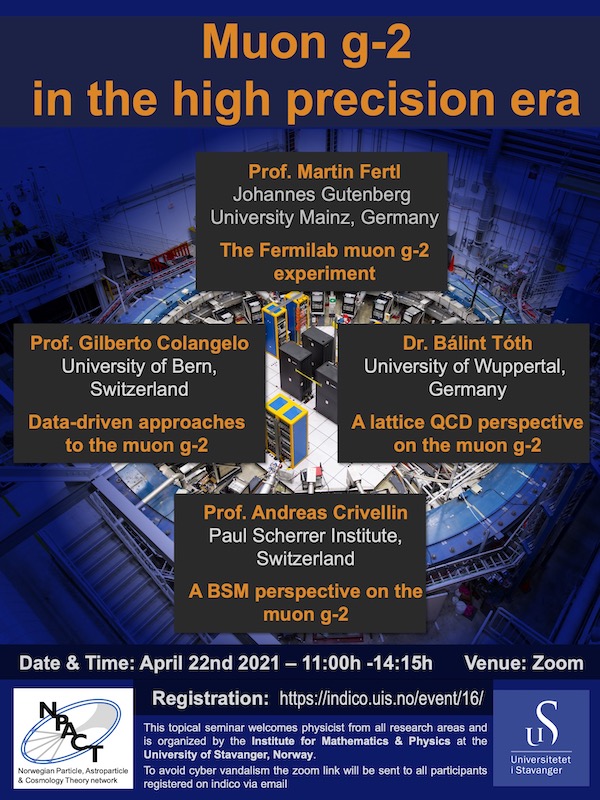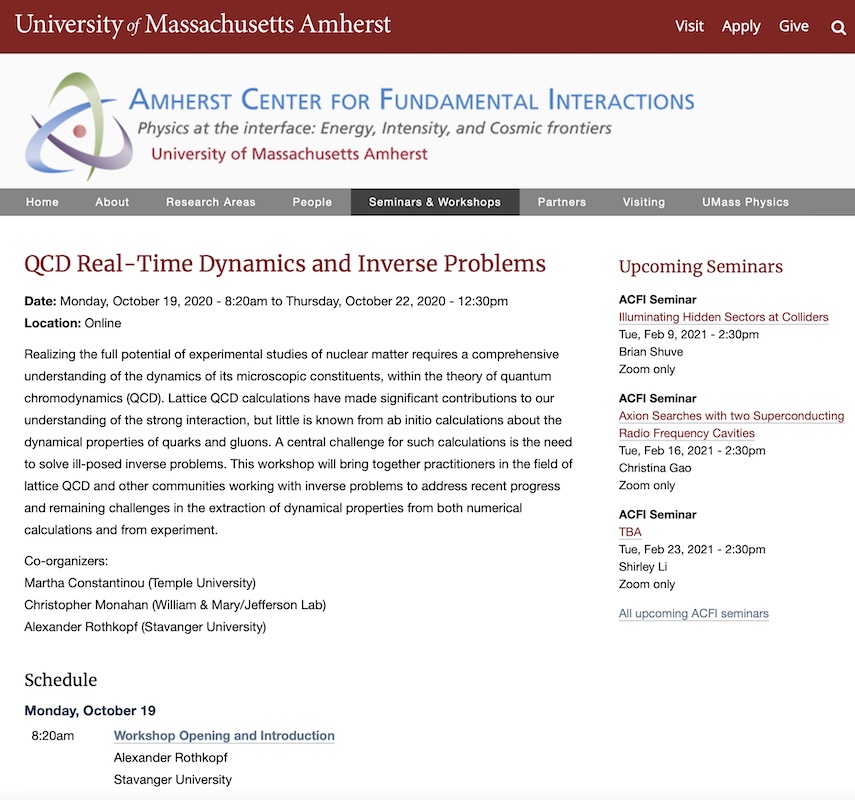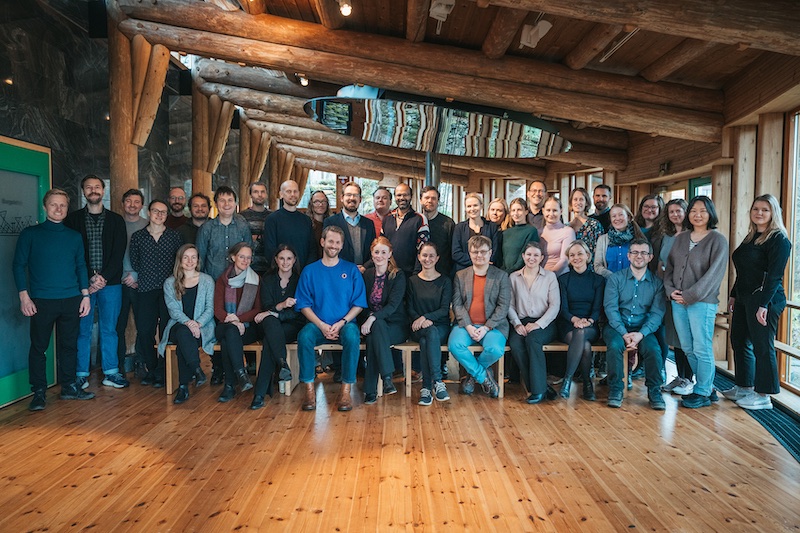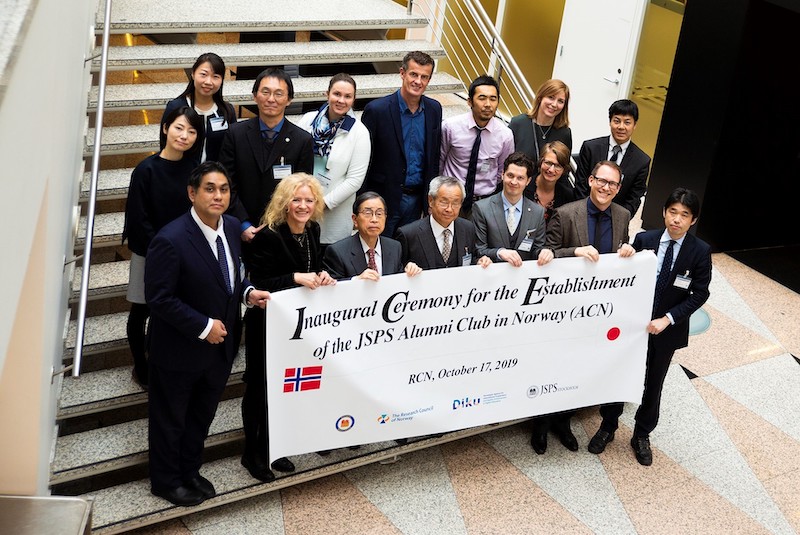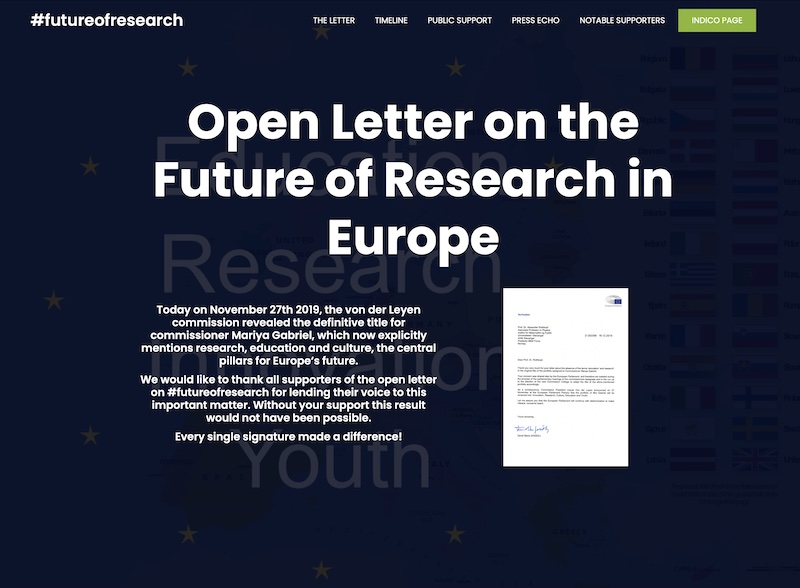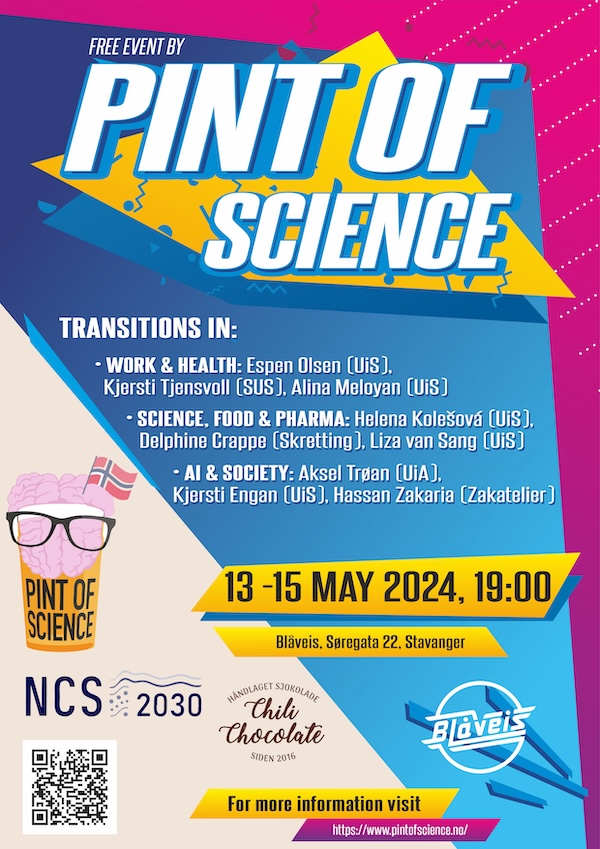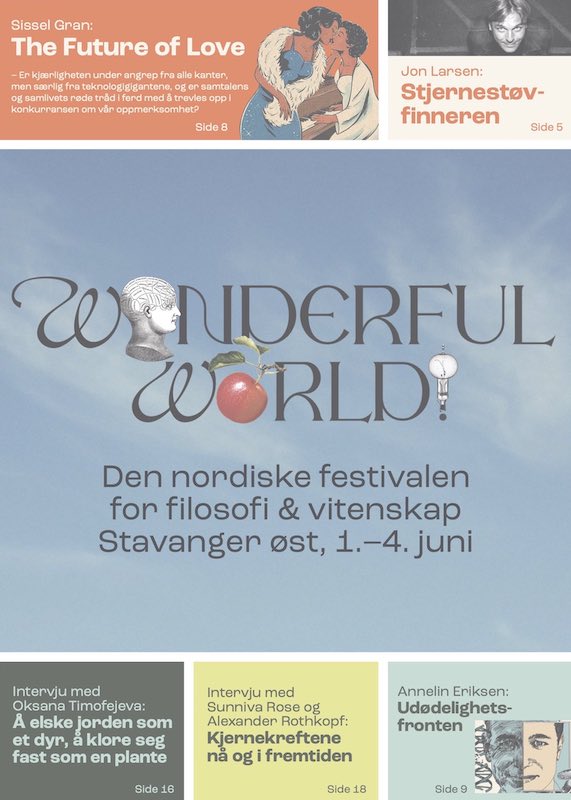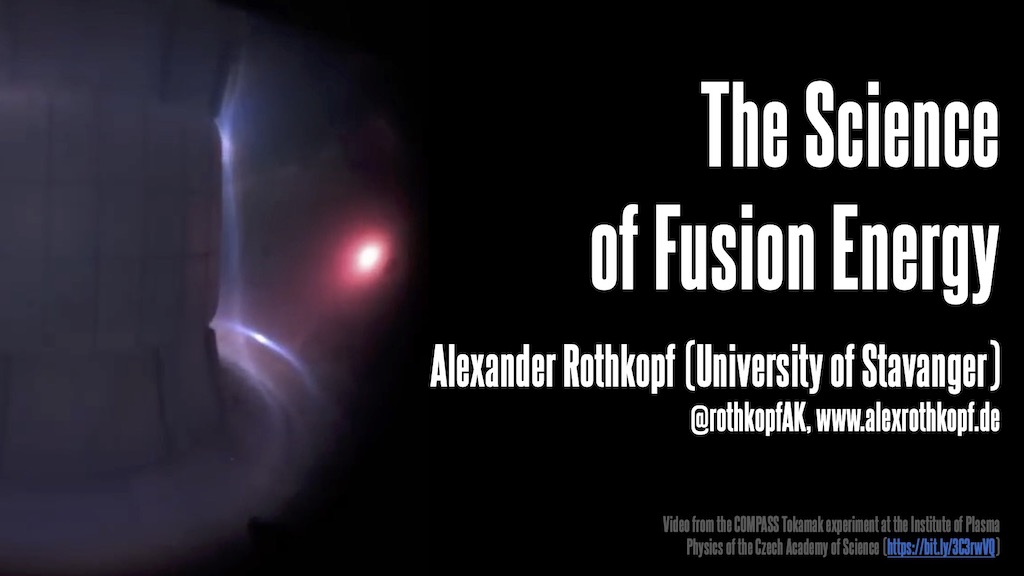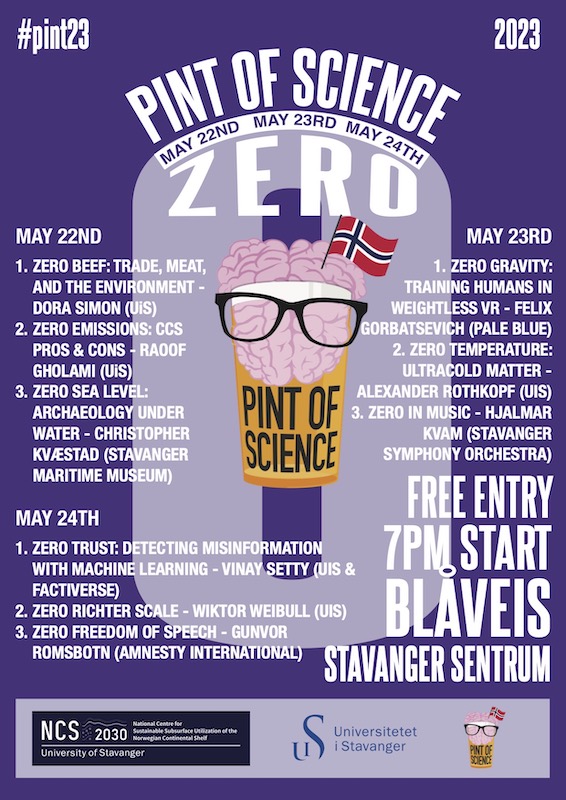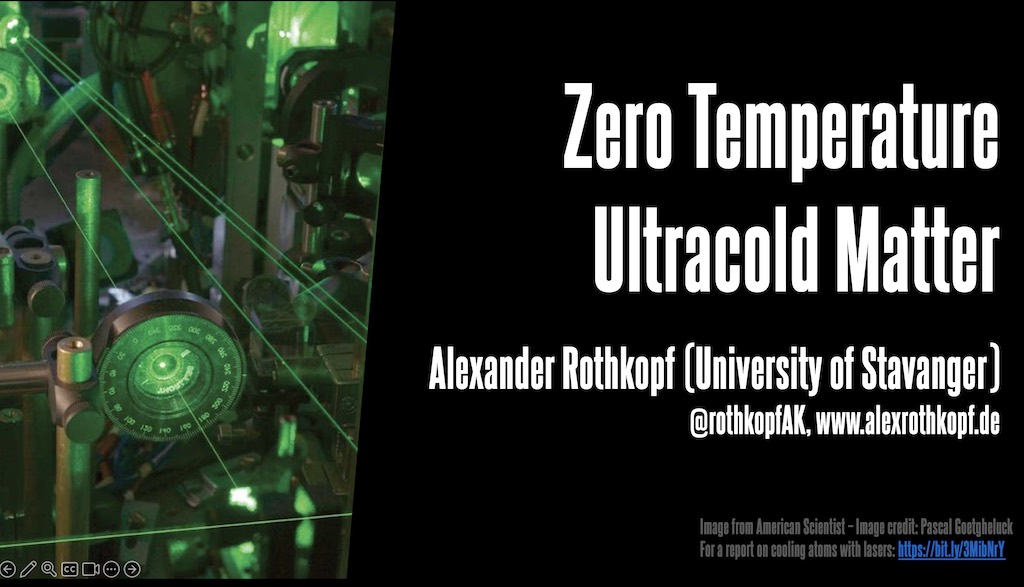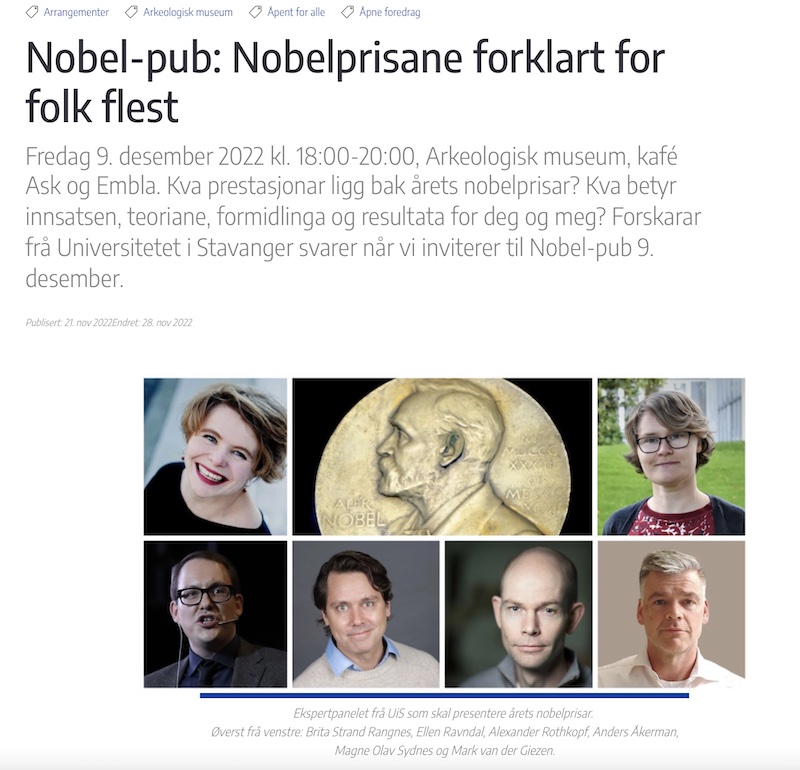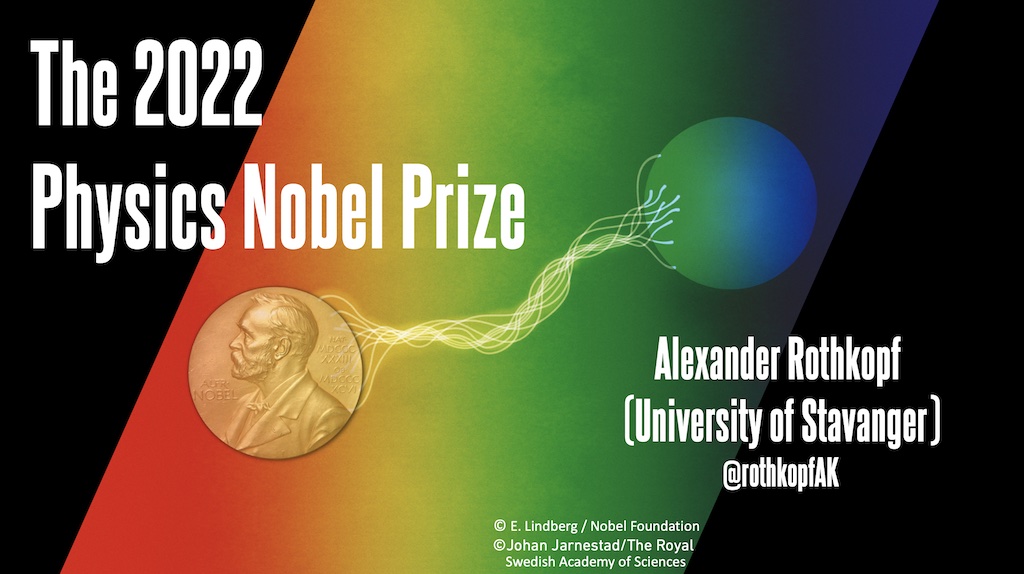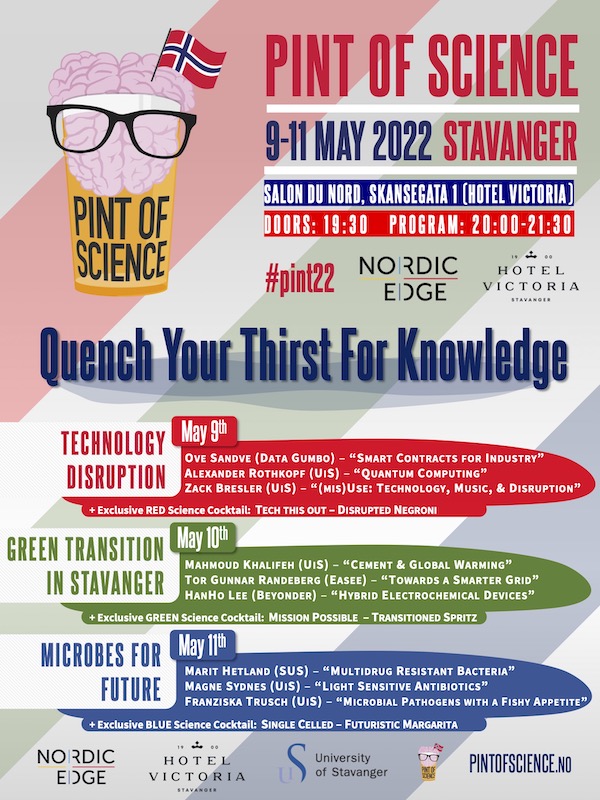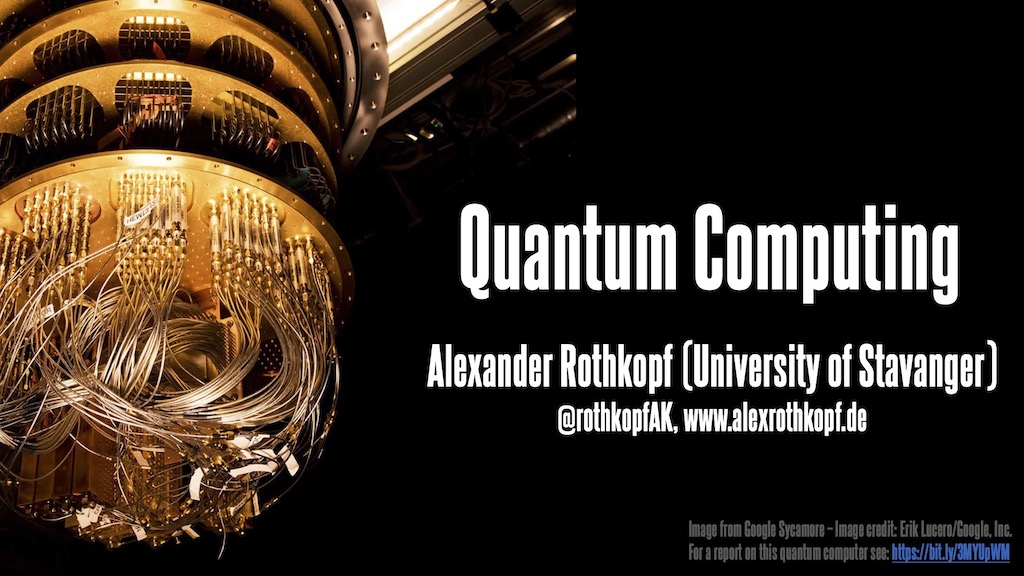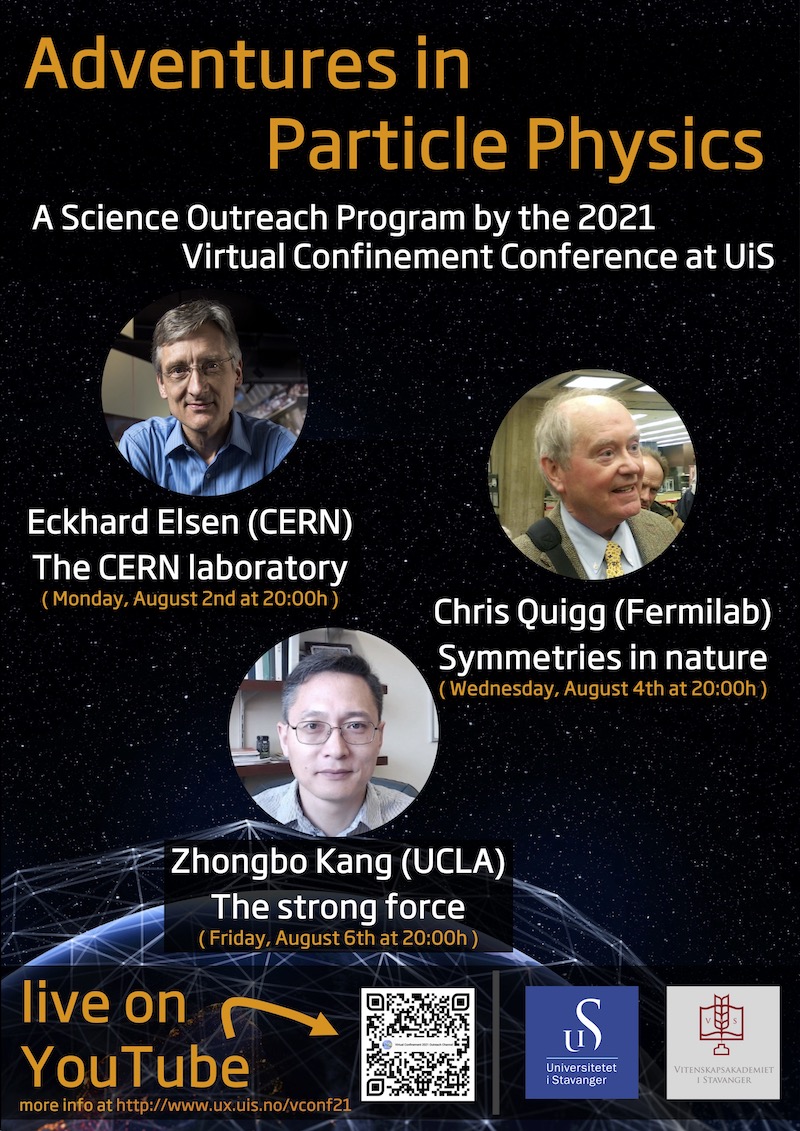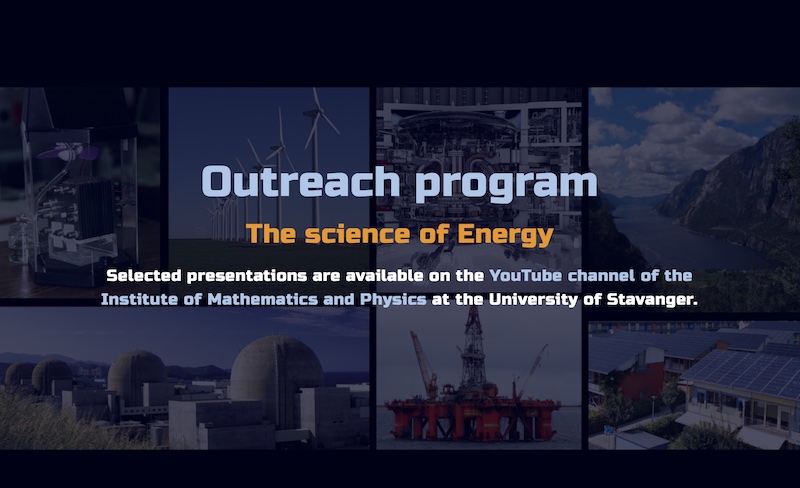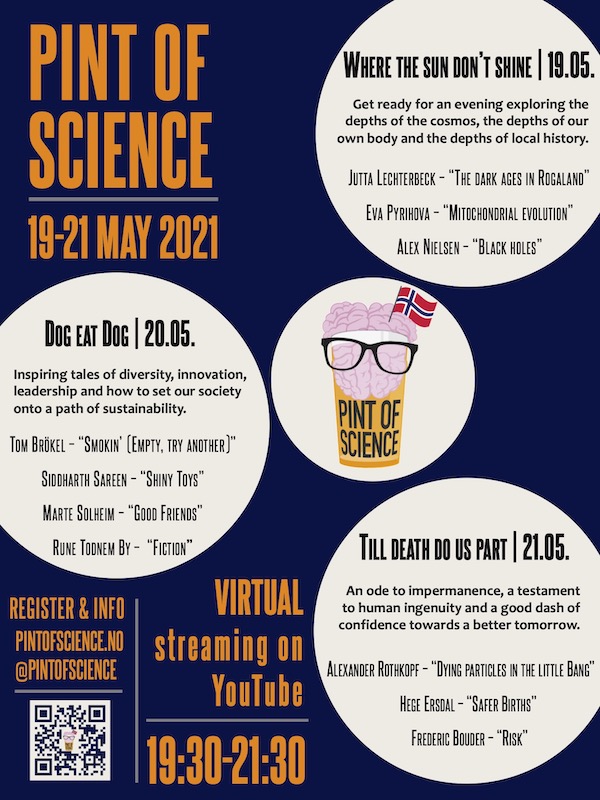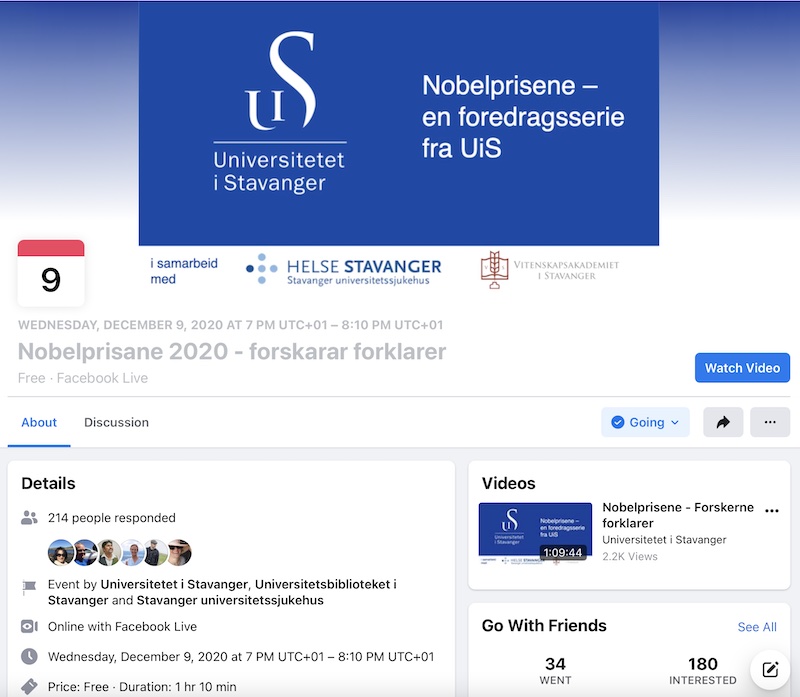the Big Bang
Research on the dynamics of strongly
correlated quantum systems
About me
Professional
I am a full professor in physics at the Department of Physics of Korea University and member of The Korean Physical Society. My research interest lies in theoretical high-energy nuclear physics with a focus on real-time dynamics from lattice QCD. Over the past decade, I have been working on devising a thermometer for the relativistic-heavy-ion collisions carried out at the LHC, RHIC and upcoming FAIR facility via a better understanding of the bound states of heavy quarks, so called heavy quarkonium.
While holding a professor position at the University of Stavanger, I was awarded a highly competitive Young Research Talent grant from the Norwegian Research Council for my project proposal "DeepRTP - deep learning the real-time properties of strongly correlated quantum fields" and previously received the Nuclear Physics A Young Scientists Award at the XXV International Conference on Ultrarelativistic Nucleus-Nucleus Collisions (Quark Matter 2015) in Kobe, Japan.
As of 2022 I am member of the Young Academy of Norway. For the organization of two major physics conferences, vConf21 and ConfXV, I was selected as ambassador of the Stavanger region.
Personal
With family ties to South Korea and having obtained my doctorate at The University of Tokyo in Japan, East Asia is on my radar. When time permits I enjoy listening to recorder music of the baroque and renaissance era as well as the occasional electronica.
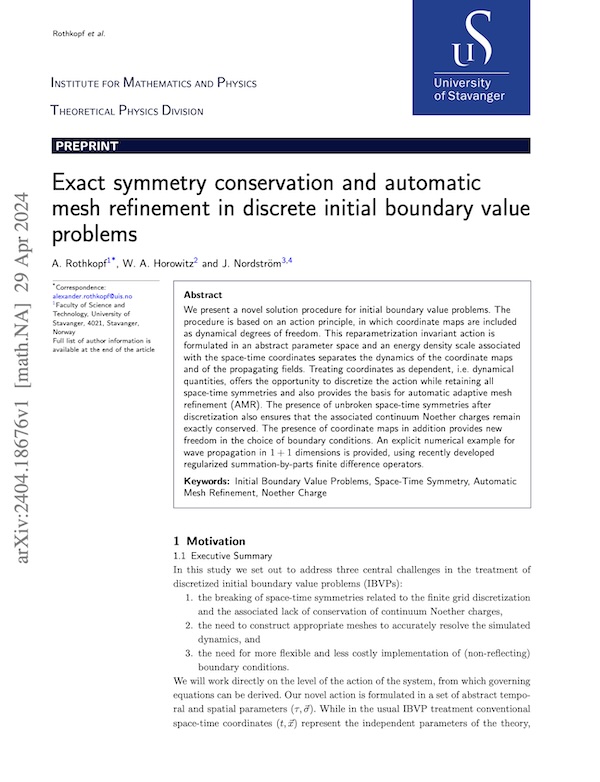
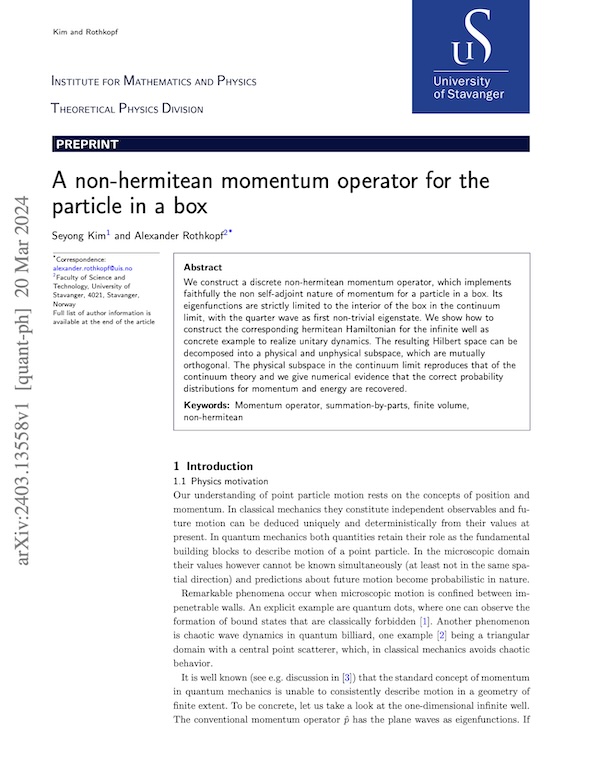
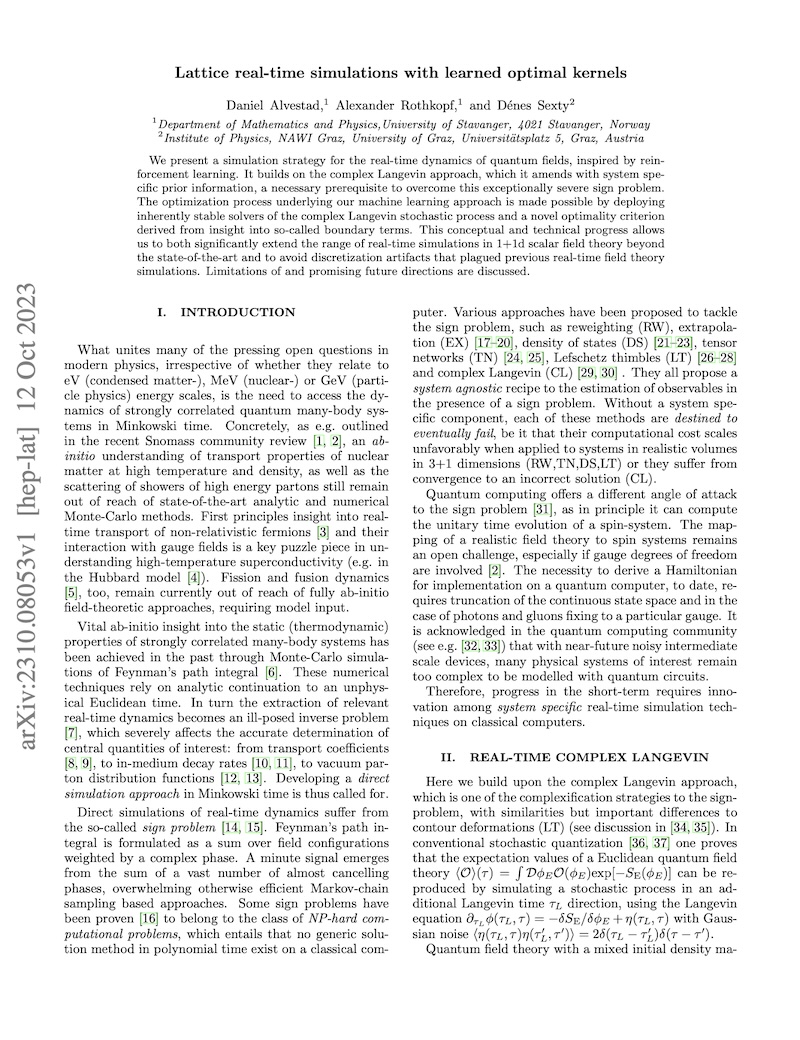
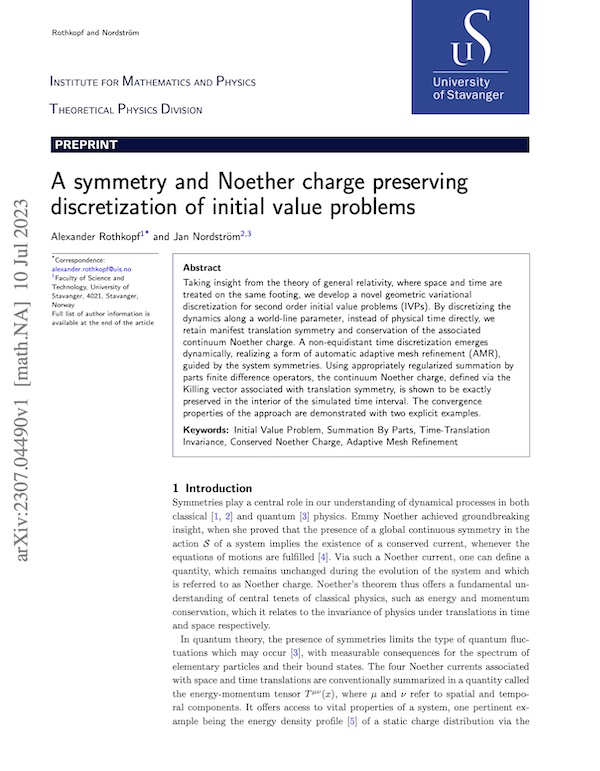
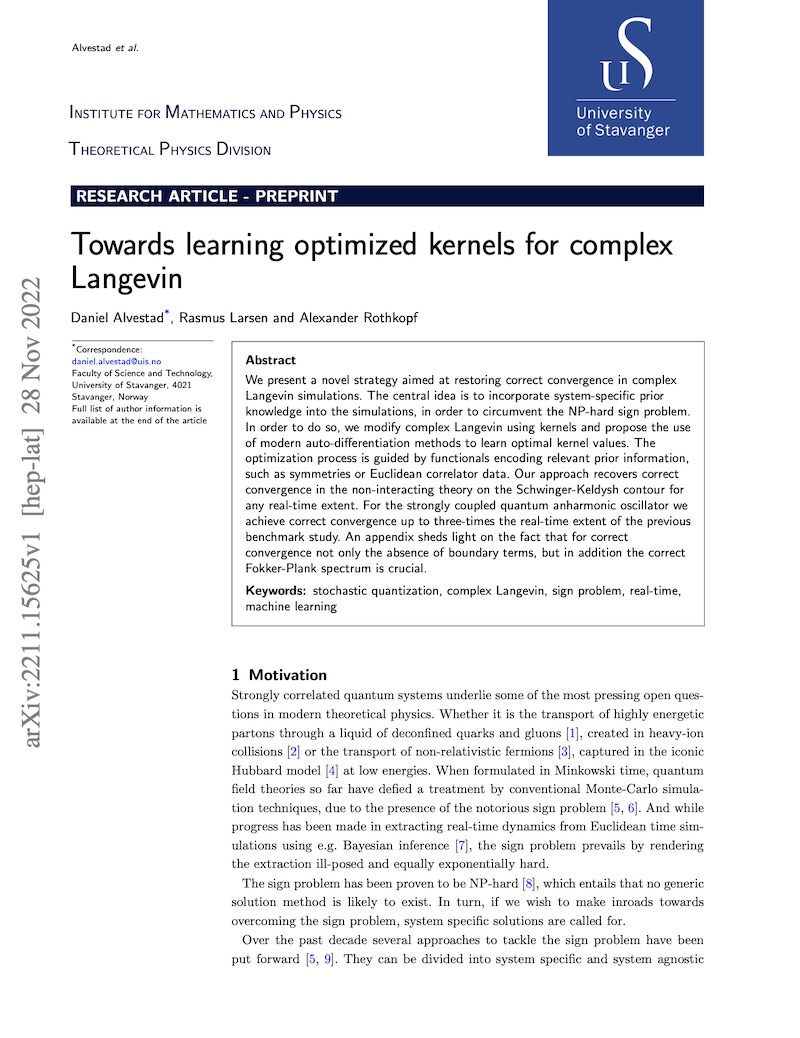
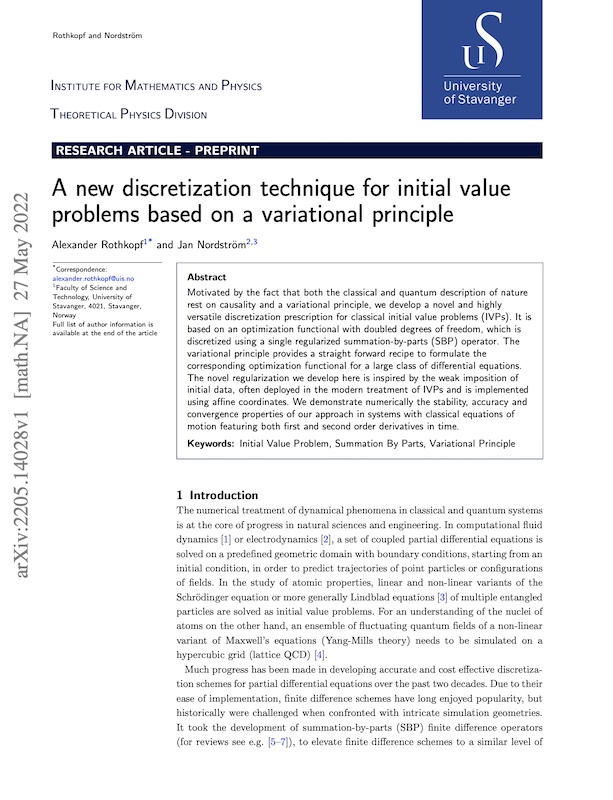
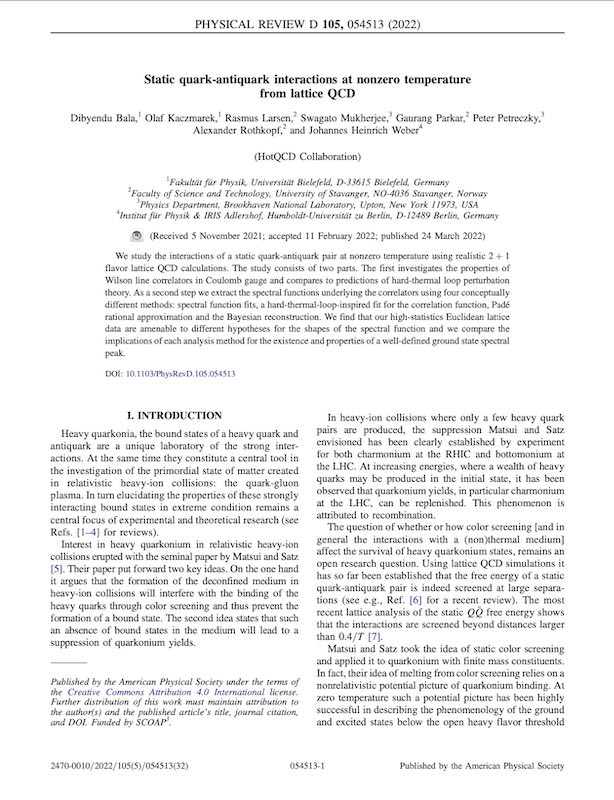
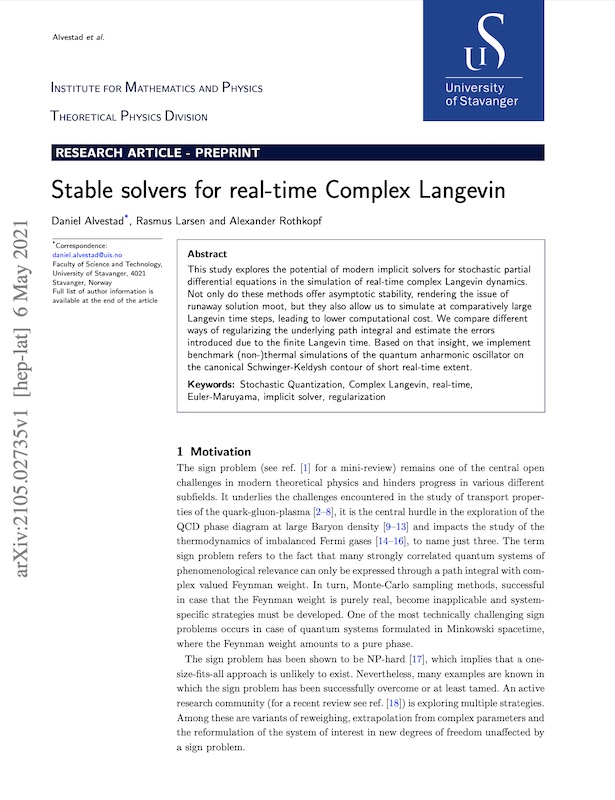
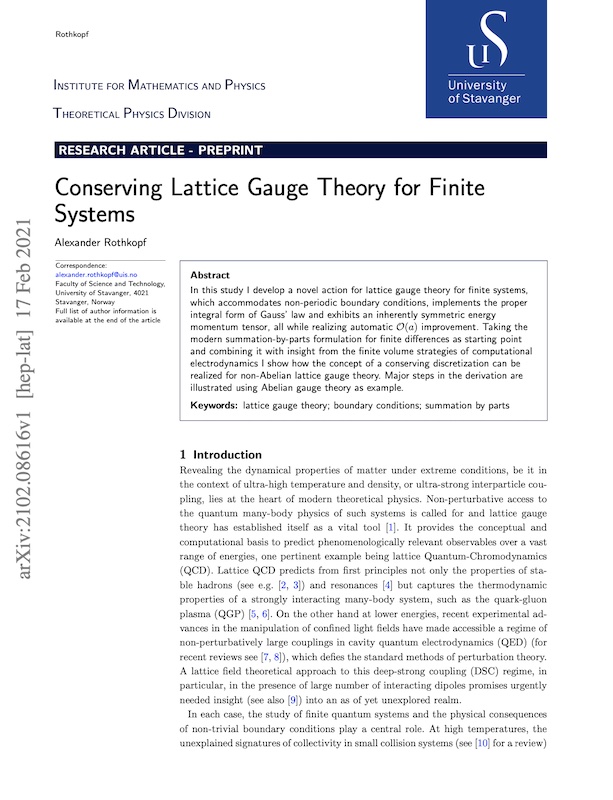
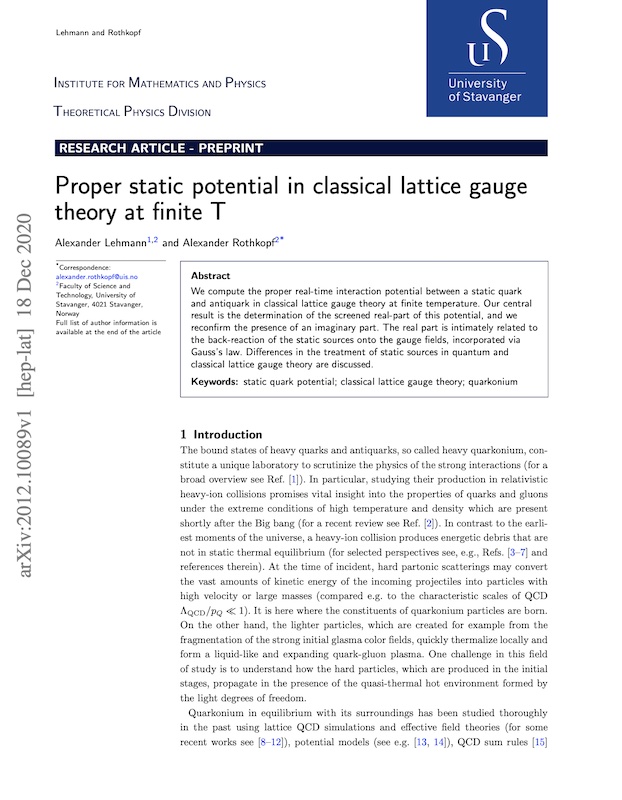
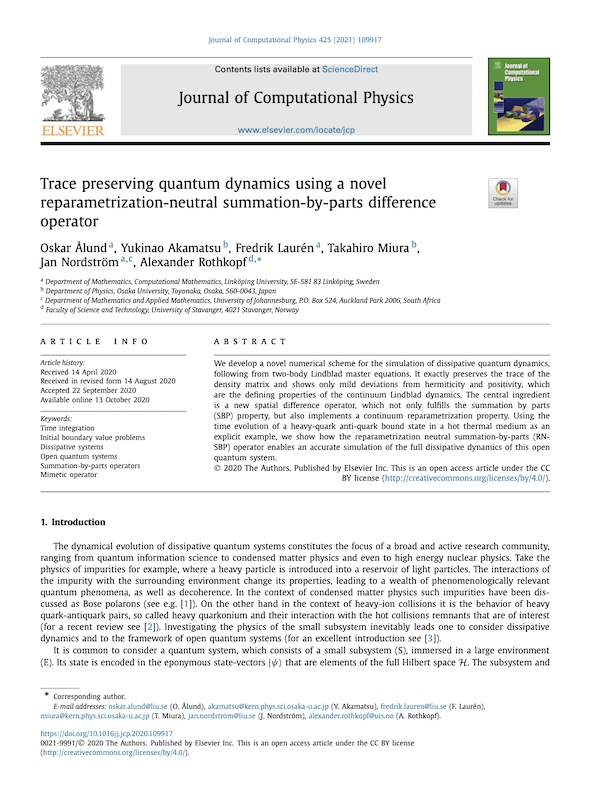
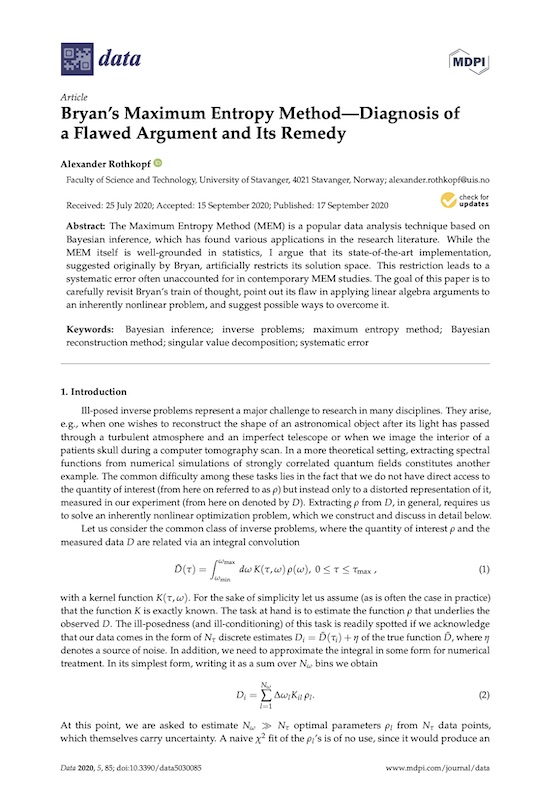
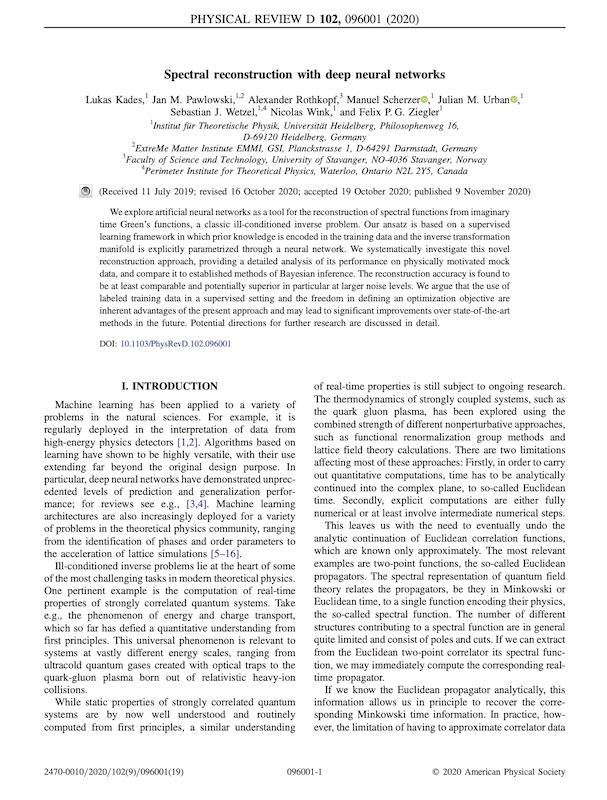
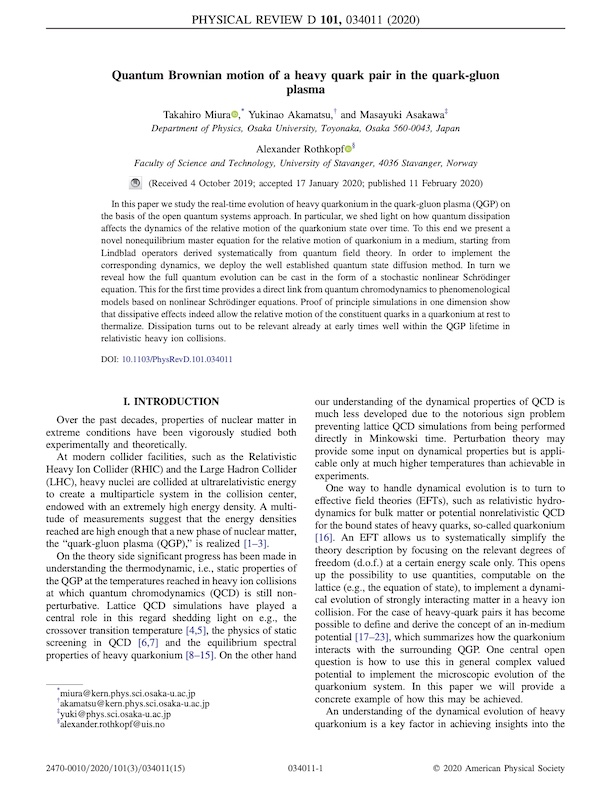
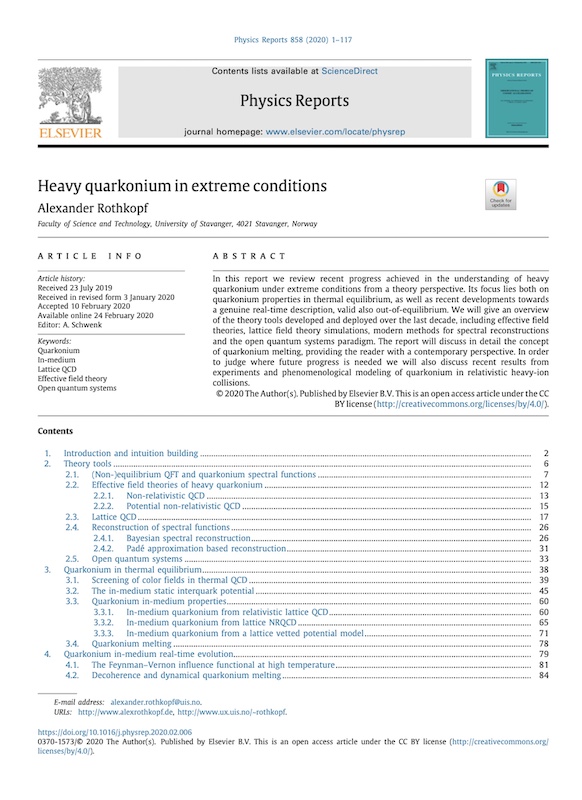
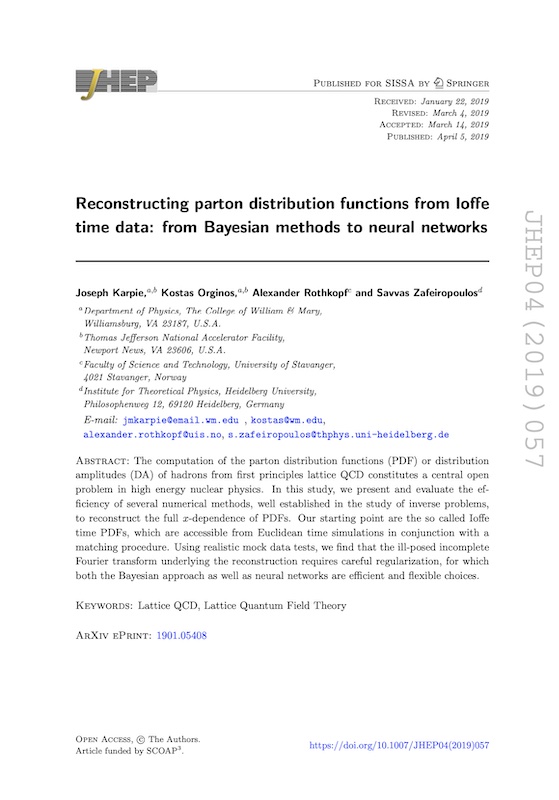
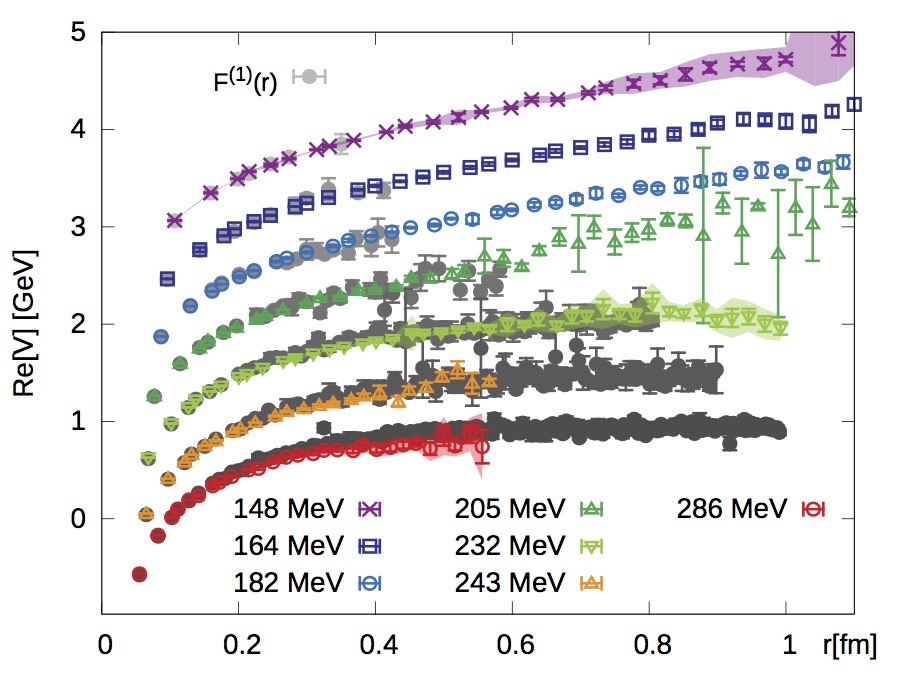
In arXiv:1410.2546 (Phys.Rev.Lett. 114 (2015) 8, 082001) we presented a state-of-the-art determination of the complex valued static quark-antiquark potential at phenomenologically relevant temperatures around the deconfinement phase transition. Its values were obtained from non-perturbative lattice QCD simulations using spectral functions extracted via a novel Bayesian inference prescription. Among our finding were that the real part, both in a gluonic medium as well as in realistic QCD with light u,d and s quarks, lies close to the color singlet free energies in Coulomb gauge and shows Debye screening above the (pseudo) critical temperature T_C.
and F1 datasets [GZIP], as well as the raw
Polyakov Loop correlators [GZIP]
as shown in arXiv:1410.2546 (Phys.Rev.Lett. 114 (2015) 8, 082001) and used in arXiv:1506.08684 (Phys.Lett.B 753 (2016) 232)
as shown in arXiv:1410.2546 (Phys.Rev.Lett. 114 (2015) 8, 082001) and used in arXiv:1509.07366 (JHEP volume 2015, pages 1–34 (2015))

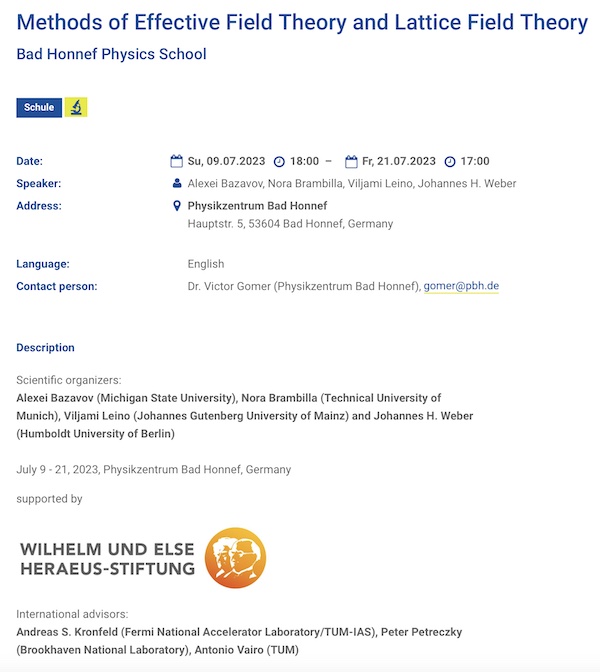
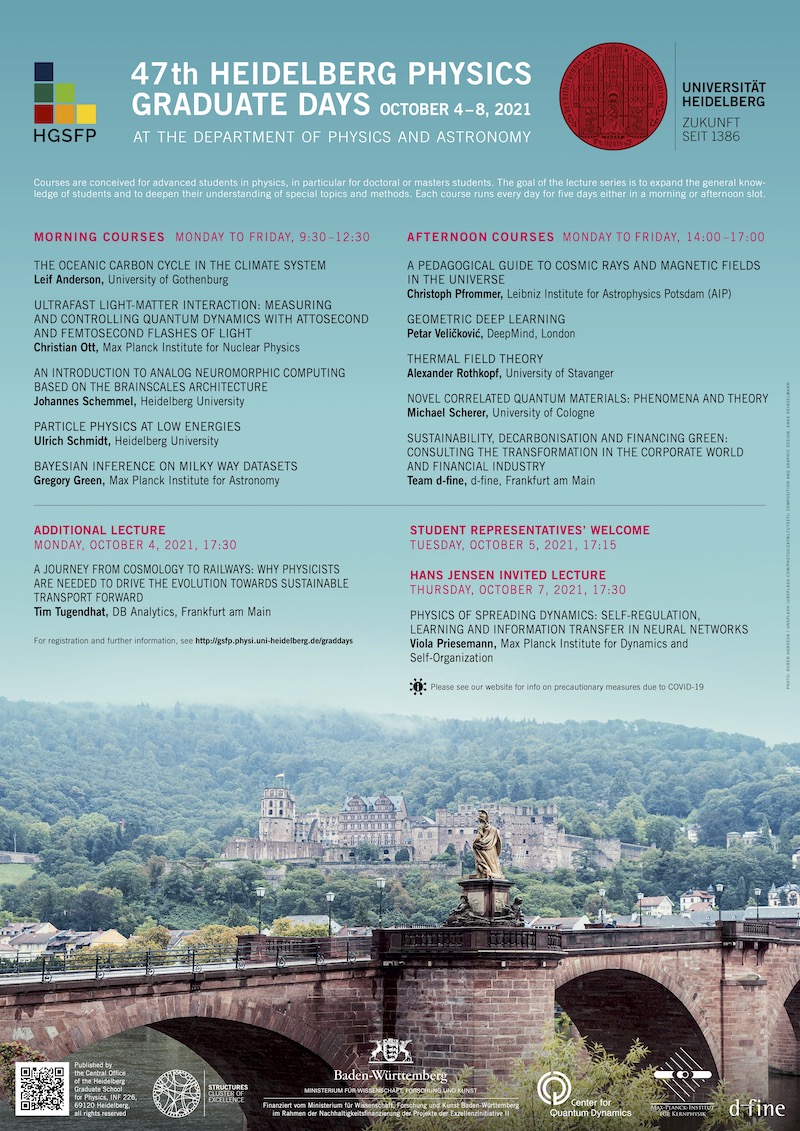
Thermal fluctuations are not only able to generate macroscopic pressure in a quantum system but may lead to a characteristic modification of the carriers of interactions, endowing them with a thermal mass, referred to as Debye or screening mass. In this lecture we will explore the basics of thermal field theory, working our way from scalar fields to gauge theory, exploring how to theoretically implement the effects of thermal fluctuations and how to concretely compute relevant system properties with analytic and numeric methods.
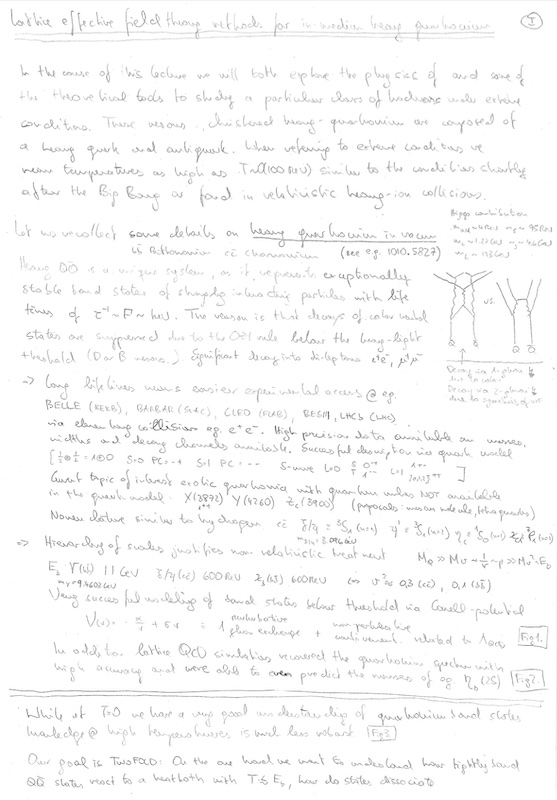
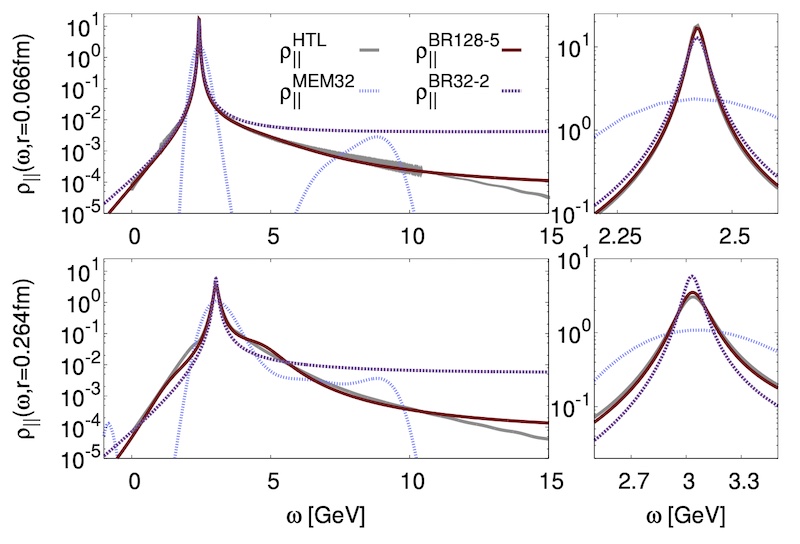
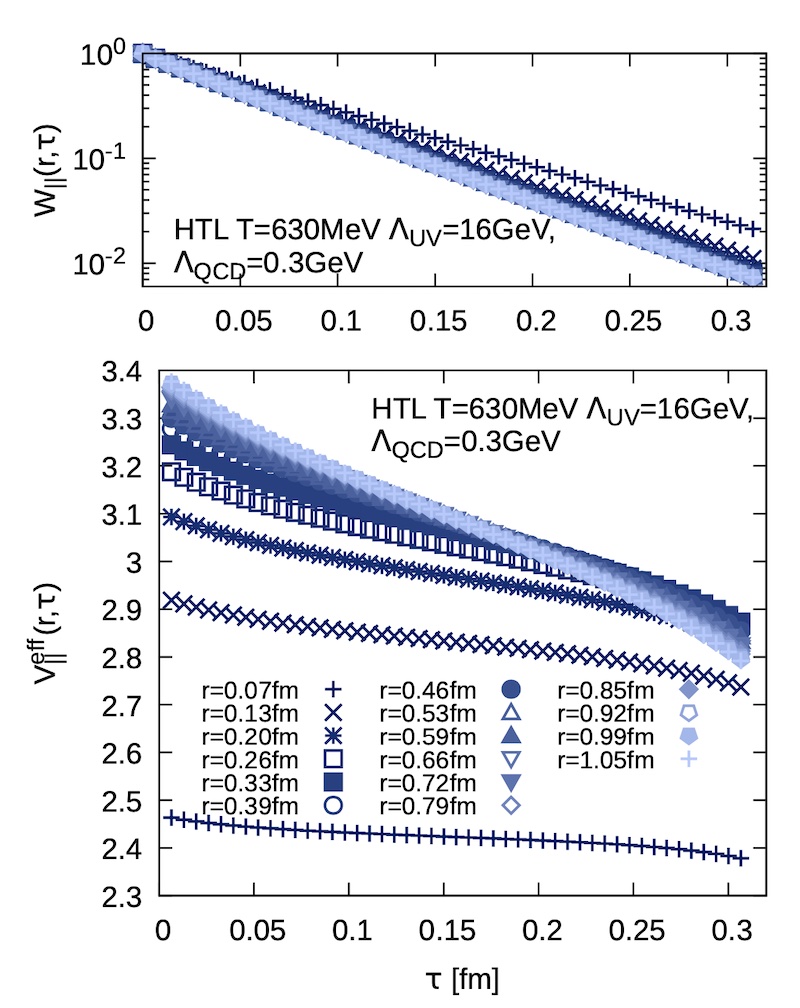
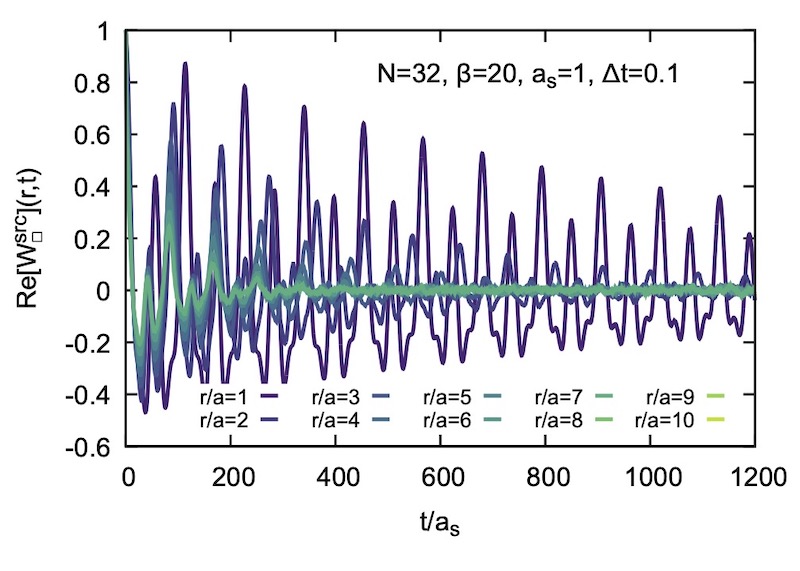
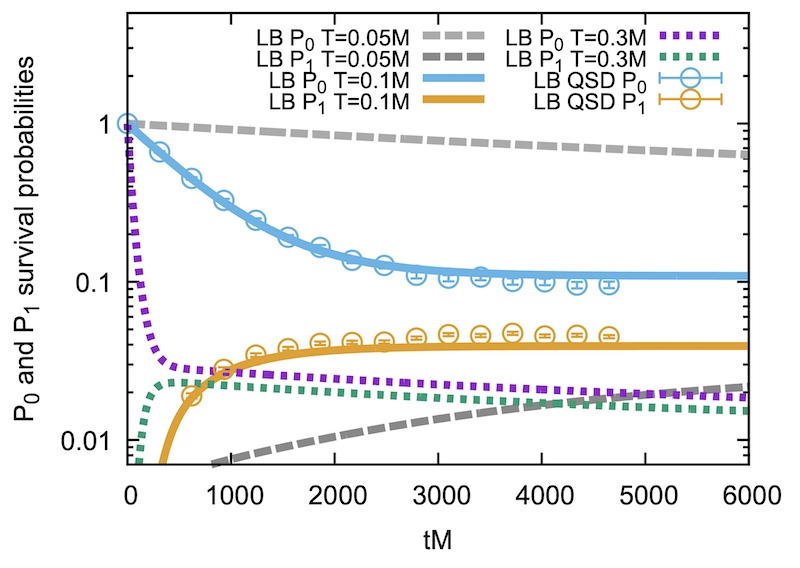
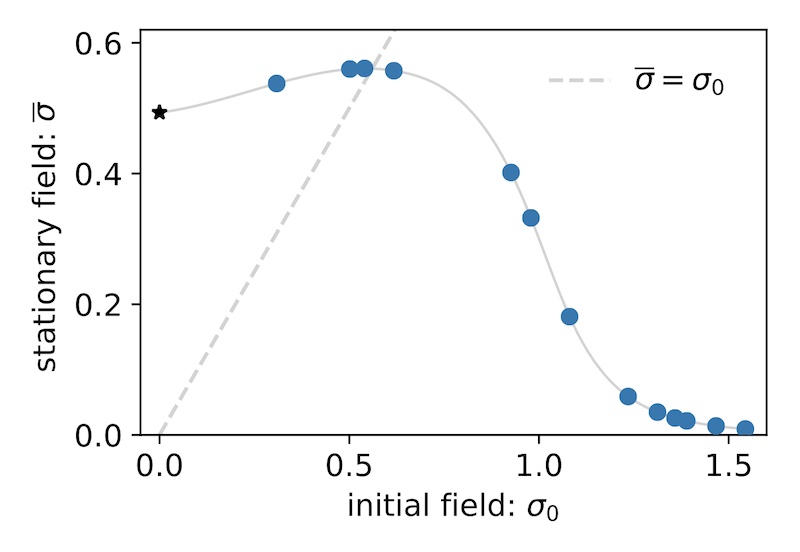
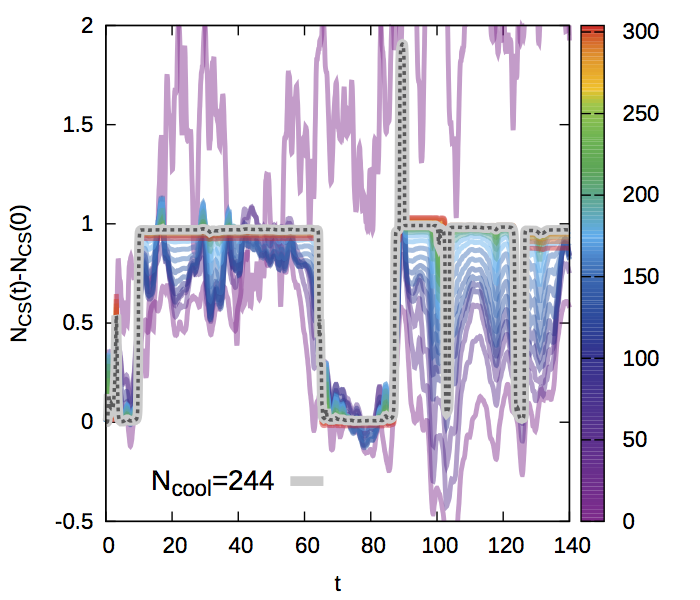
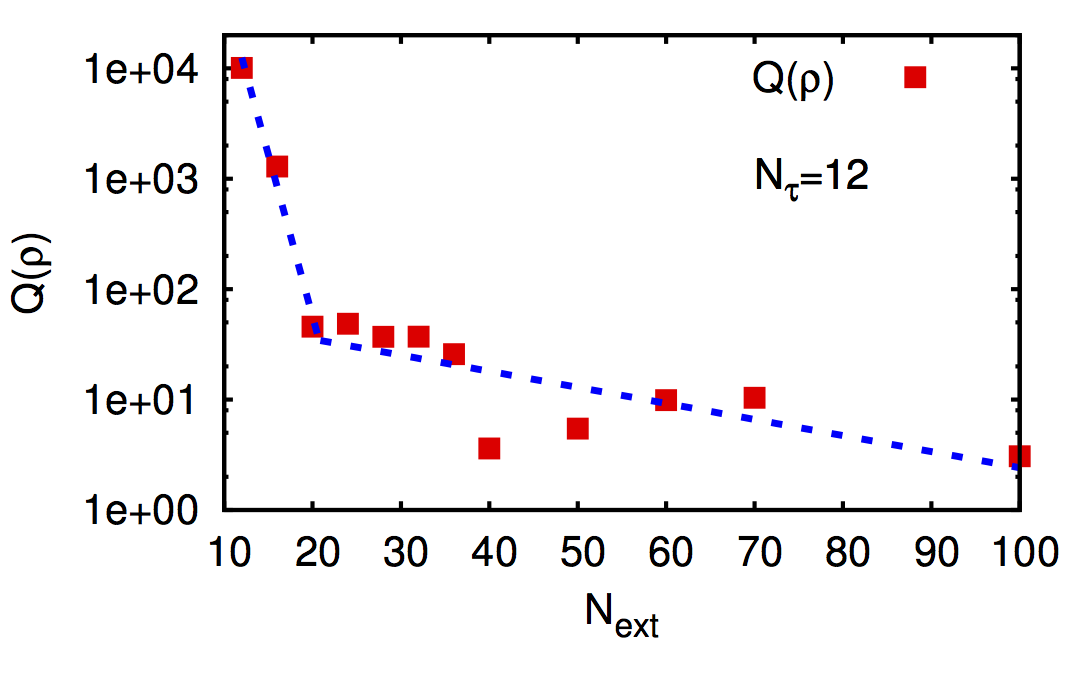
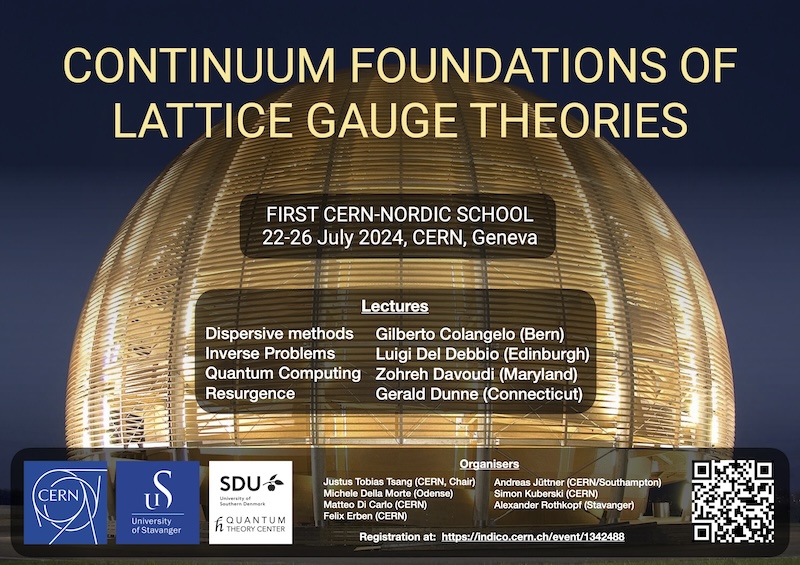
These lectures will provide the participants with a deeper understanding of the underpinning concepts and will create opportunities for interdisciplinarity between lattice practitioners and specialists in these related fields. (Organized together with Justus Tobias Tsang (CERN), Michele Della Morte (SDU), Matteo Di Carlo (CERN), Felix Erben (CERN), Andreas Jüttner (CERN/Southampton) and Simon Kuberski (CERN) ).
